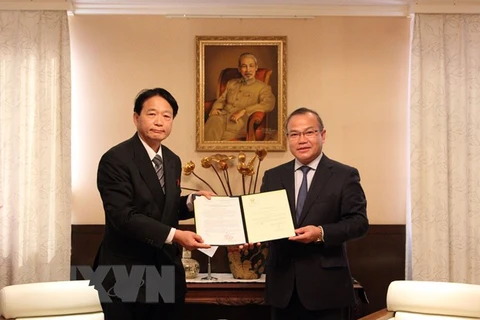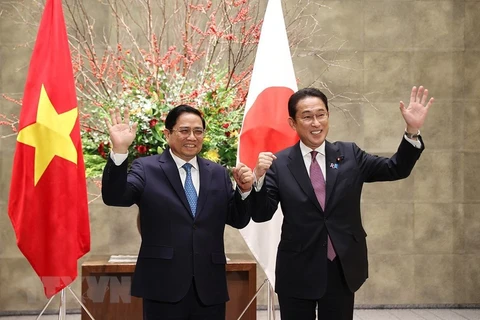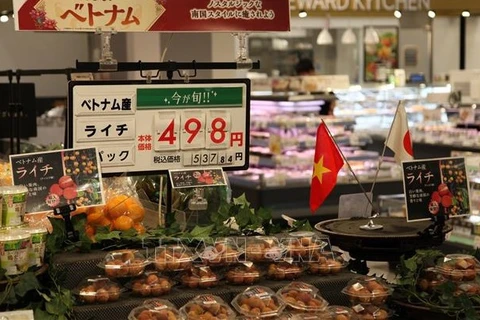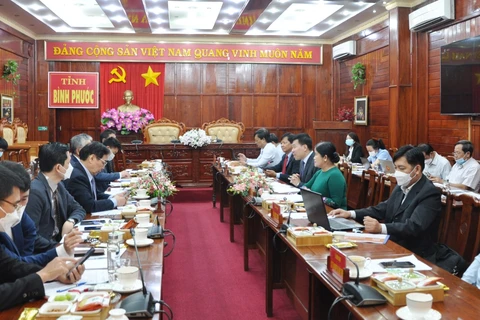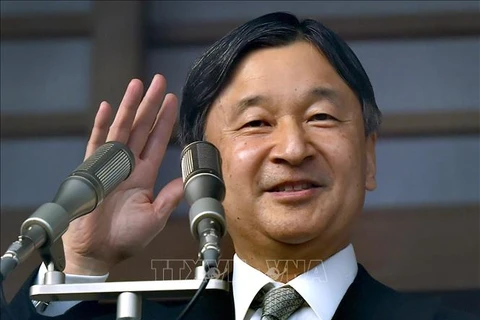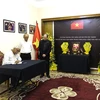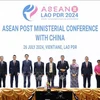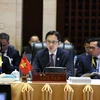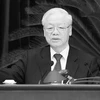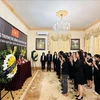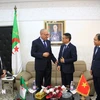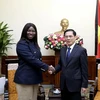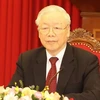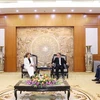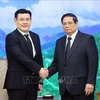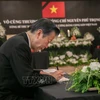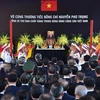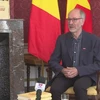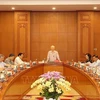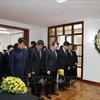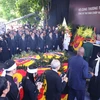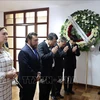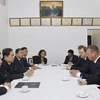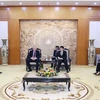Da Nang (VNA) – Vessels Hatakaze and Inazuma of the training squadron of the Japan Maritime Self-Defence Force arrived at Tien Sa Port on February 24 morning, beginning a visit to the central city of Da Nang.
The ships with nearly 480 officers and sailors onboard were welcomed by representatives of the municipal Department of External Affairs, the Naval Region 3 Command, the Military Region 5 Command, the border guard and military commands of Da Nang, and the External Relations Department of the Ministry of National Defence.
The welcome ceremony was also attended by Japanese Consul General in Da Nang Yakabe Yoshinori, Deputy Consul General Shimonishi Kyoshi, and Deputy Defence Attaché Lieutenant Colonel Hamamoto Michinori from the Japanese Embassy in Vietnam.
Colonel II Masaaki, commander of training vessel unit No. 1, said the visit aims to promote exchanges and mutual understanding between the Vietnam People’s Navy and the Japan Maritime Self-Defence Force, as well as defence cooperation between the two countries.
During the three-day trip, the head of the Japanese delegation will pay courtesy calls to leaders of Da Nang city and the Naval Region 3 Command via videoconference./.
VNA


